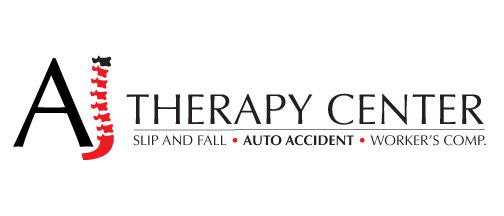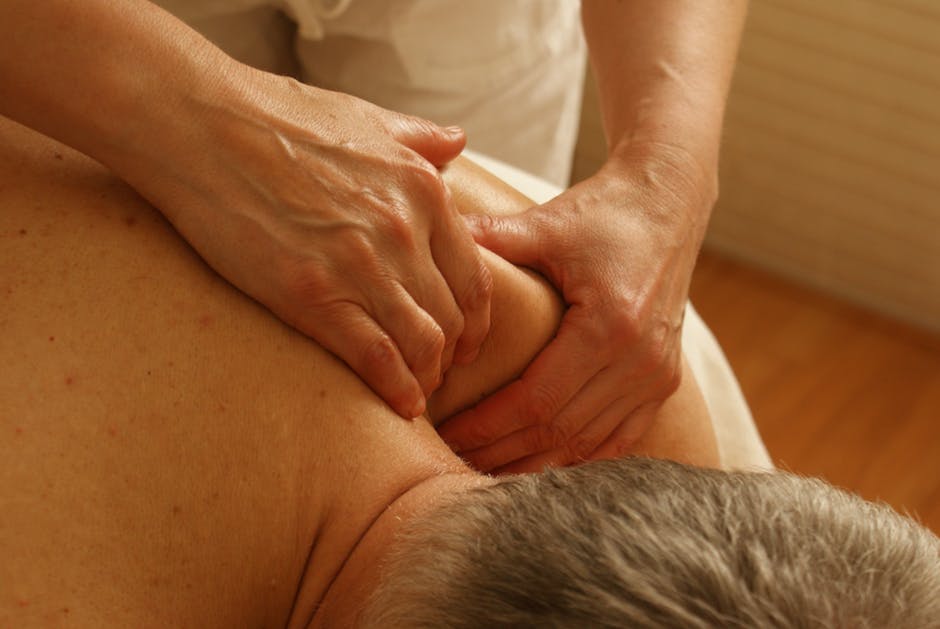Did you know that over 80% of Americans experience neck or back pain?
If you’re one of them, no doubt you’re eager to reduce or eliminate that pain. Whether you were injured in a car accident or you’re suffering from a chronic health disorder, physical therapy can help.
In fact, neck and back pain is one of the primary reasons people seek care from physical therapists.
Are you familiar with mechanical traction therapy? In this post, we’ll explore this unique modality and determine if it’s the right solution for you.
Read on to learn more.
Spinal Traction 101
A major cause of neck and back pain is spinal compression.
When there’s too much pressure on the spine, it compresses the discs between the vertebrae. This can result in pinched nerves, slipped discs, or spinal stenosis.
Traction therapies–whether manual or mechanical–seek to reverse gravity’s effect on the spine. The goal is to safely and gently stretch the spine to relieve the pressure (and the pain).
Some manual therapies include stretching the neck through spinal traction. Your therapist will use their hands to traction your head and neck and relieve pressure on the spine.
Depending on your condition, your therapist may also recommend mechanical cervical traction.
Why? Studies have found it’s highly effective in relieving neck pain, both immediately and long-term. It can also reduce symptoms associated with headaches, shoulder pain, and carpal tunnel syndrome.
What Is Mechanical Traction?
What should you expect from mechanical traction therapy?
In most cases, you’ll lie on your back on a clinic table. Your physical therapist will attach a comfortable halter or cradle to the back of your head.
The other end of the cradle is attached to a machine, which your therapist will turn on for a set period of time. The machine will apply a gentle traction force to your head to create more space in your spine.
Mechanical traction can be static, applying steady, consistent pressure during the session. It could also be intermittent, alternating between gentler and stronger pressure for set periods of time.
This could be an excellent treatment for you if your body requires more force than your therapist can manually provide.
Is mechanical traction safe? Absolutely! Some patients experience minor muscle spasms during or after the treatment, but this is part of the body’s natural healing process.
The results include decompressed joints, proper spinal alignment, and–most importantly–pain relief. You’ll be amazed at how much easier it is to move and how much better you feeRest assured that you don’t have to live with chronic pain. You’re also not doomed to go under the knife or take opioids for pain management.
Mechanical traction therapy under the supervision of a skilled physical therapist could be the answer you’re seeking. It’s one of many safe and effective services at AJ Therapy Center.l throughout the day.
Is Mechanical Traction Therapy Right For You?
We invite you to contact us anytime with questions or concerns. Together we can take your health to a whole new level!

